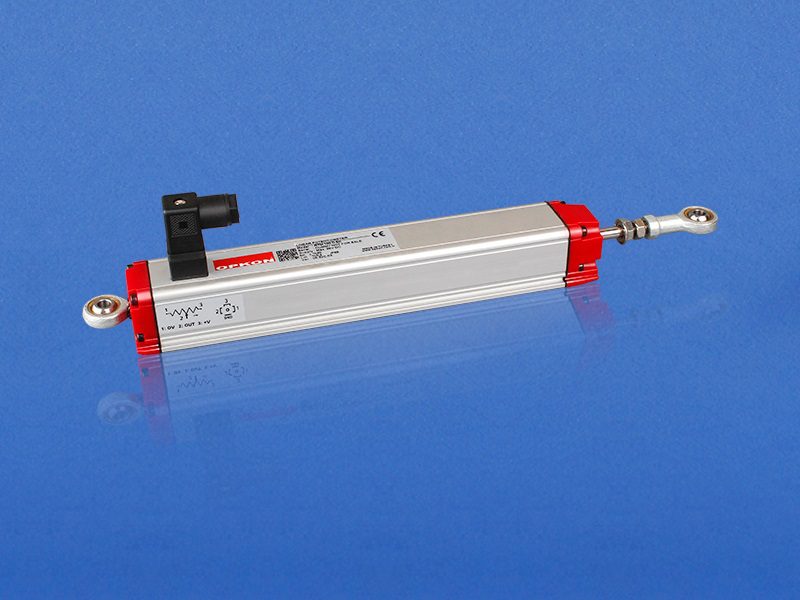
Opkon
RTM
Part no.: RTM
Key Features
• Measuring range 50 - 600 mm
• Long mechanical life 100 million movements
• Excellent repeatability <0.01 mm
• 5 kOhm: 50 ... 600 mm
Opkon LPC potentiometers are easy to install in many applications. The rodeye ends make alignment easy and reduce longterm wear. A great alternative for Novotechnik LWG and Gefran PC series sensors.
Call us for more info at 856-727-9500
"*" indicates required fields
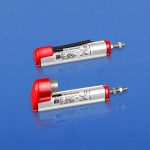
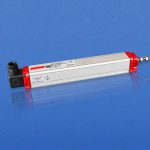

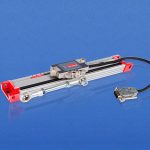

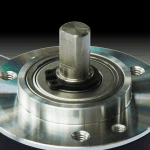



 856-727-9500
856-727-9500